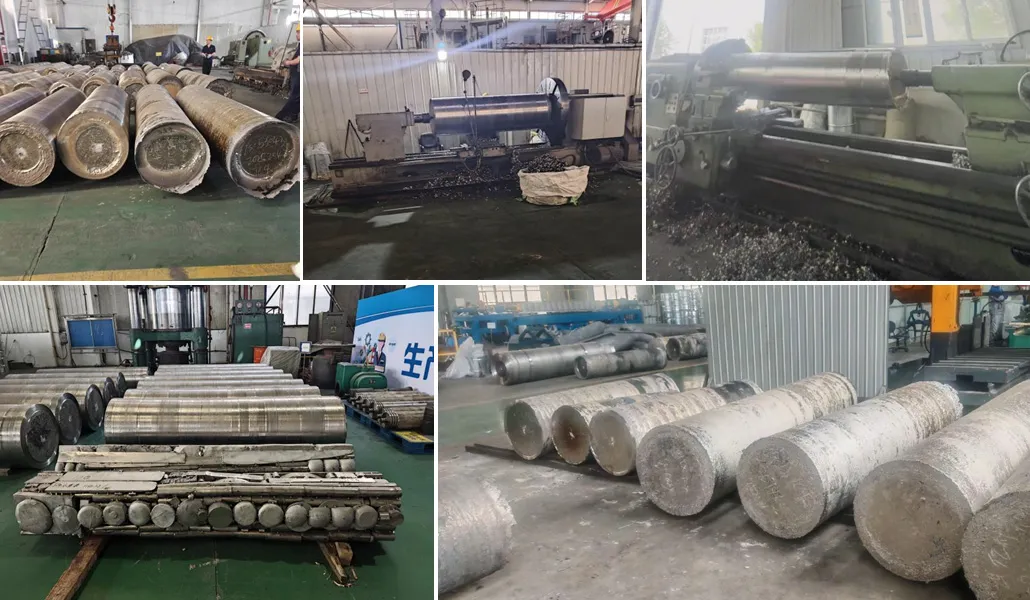
Titanium smelting workshop is the central part of the titanium production process, equipped with advanced vacuum smelting and VAR (secondary vacuum arc remelting) equipment, specialised in the smelting and manufacturing of high purity titanium ingots and titanium alloy ingots. The workshop environment strictly controls the temperature, vacuum and process parameters to ensure product purity and organisational uniformity to meet the stringent requirements of aerospace, military, medical and high-end industrial sectors.
Vacuum self-consumption arc furnace (VAR): used for secondary remelting of high-purity titanium and alloy ingots to improve grain uniformity and internal quality.EB Furnace (Electron Beam Melting Furnace): for precision melting of ultra-high purity titanium materials.Plasma Arc Furnace (PAM): for directional solidification and rapid cooling of high-performance titanium alloys.
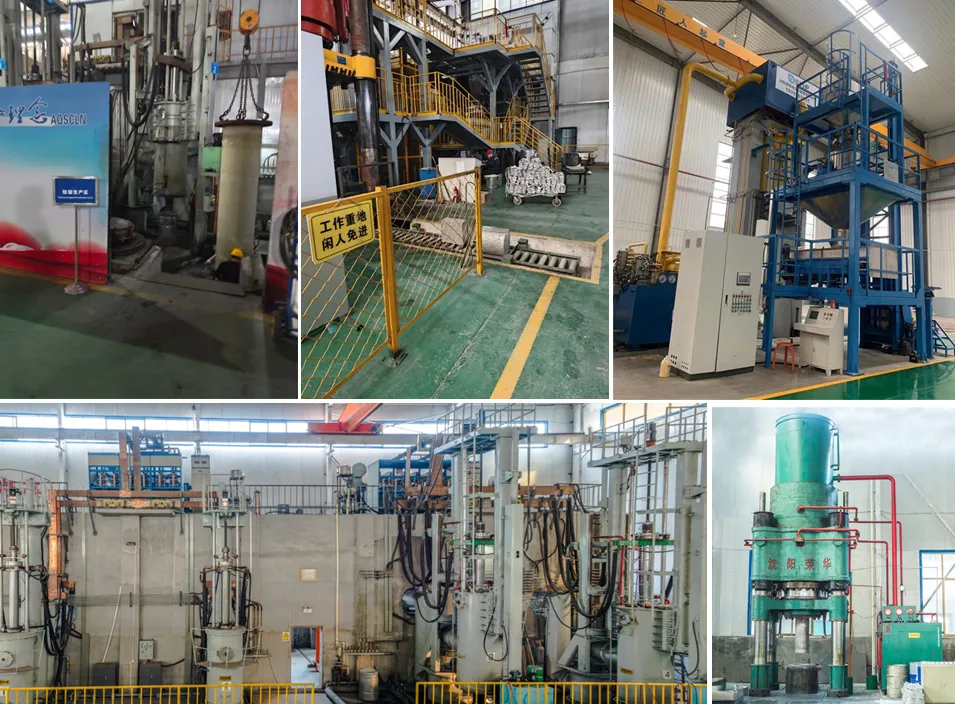
Titanium Smelting Process
1. Raw Material Preparation
Titanium sponge or lump titanium: Select high quality titanium sponge, and pre-clean and dry it to remove surface oil and adsorbed water.
Addition of alloying elements: According to the ratio of target alloys (e.g. Ti-6Al-4V, Ti-3Al-2.5V, etc.), measure and prepare the corresponding purity of aluminium, vanadium, molybdenum and other elements.
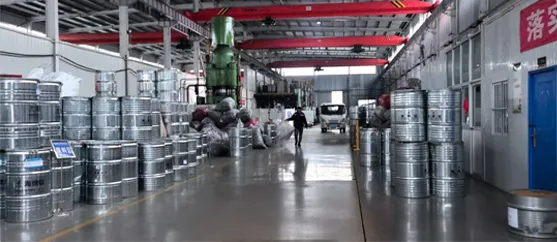
2. Proportioning/Batching (manual mixing/automated mixing)
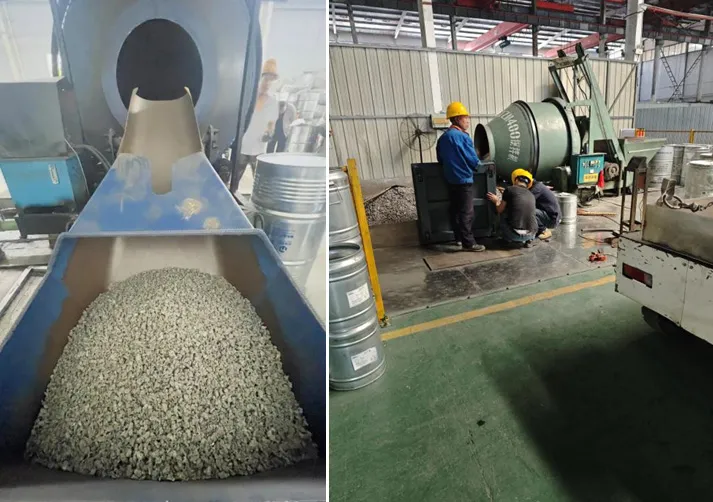
3. Weighing
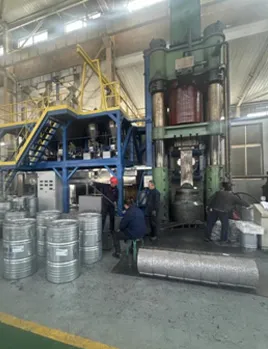
4. Compaction-Press the mixed powders into billets or other desired shapes.

5. Welding-Seal the billets (or assemble multiple) to form the charge for melting.
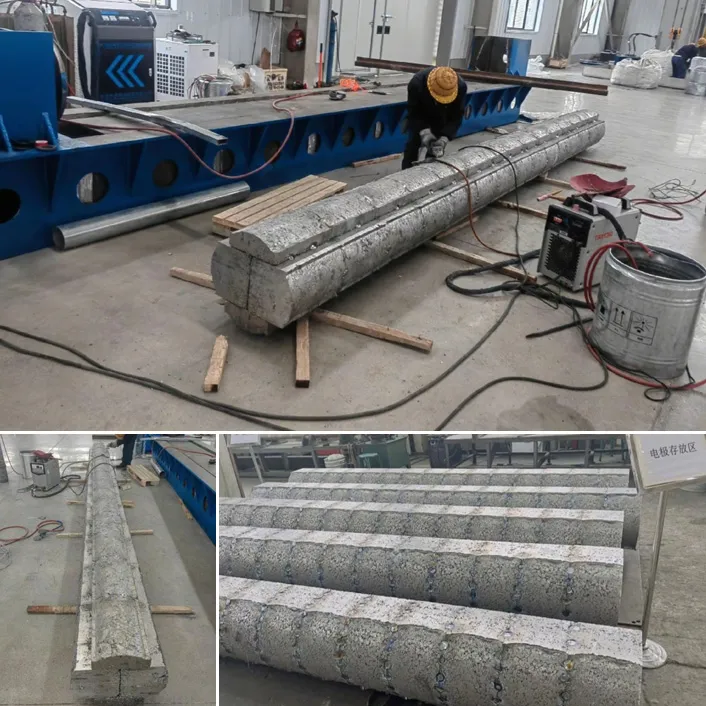
6. Melting & Multi-Stage Refining
1) Primary Melt in a Vacuum Arc Remelting Furnace (VAR)
Loading: Layer the dried titanium sponge and alloying elements into a graphite crucible.
Evacuation: Pump down to 10⁻³–10⁻⁵ Torr to ensure an ultra-high vacuum, minimizing O, N, H contamination.
Arc Ignition & Melting: Strike an arc using a self-consuming electrode; the arc melts the charge as current, arc-gap, and melting depth are auto-controlled for a stable melt pool.
2) Secondary Refinement via VAR
Cutting & Dressing: Remove heads, tails, and surface oxide from the primary ingot; cut to the appropriate size for remelting.
Re-melting: Load into the VAR furnace again; this further refines grain structure and eliminates inclusions and porosity.
Parameter Optimization: Use lower current density and slower withdrawal rate to even out the thermal field and densify the microstructure.
Solidification: As the crucible is lowered, the melt solidifies directionally from the bottom, forming a refined ingot.
3) Slag Removal, Ingot Extraction & Inspection
Opening the Furnace: After the ingot cools to a safe temperature, open the furnace and extract the ingot.
Slag Removal: Grind or mechanically remove the surface carbonized slag layer.
Chemical Analysis: Take samples for spectrographic analysis of Ti, Al, V and interstitials O, N, H to ensure compliance with ASTM, GB/T, etc.
Ultrasonic/Radiographic Testing: Perform nondestructive testing to detect any internal defects and verify ingot integrity.
7. Subsequent Heat Treatment & Processing
Homogenising annealing: Holding at 800-950℃to eliminate uneven chemical composition and temperature field;
Hot forging/hot rolling: According to the product specifications, the ingot is hot processed to optimise the organisation and enhance the mechanical properties;
